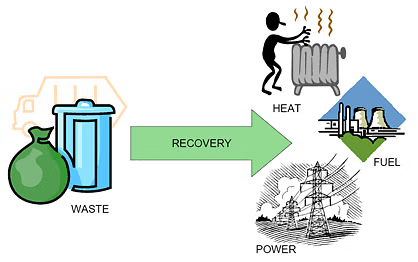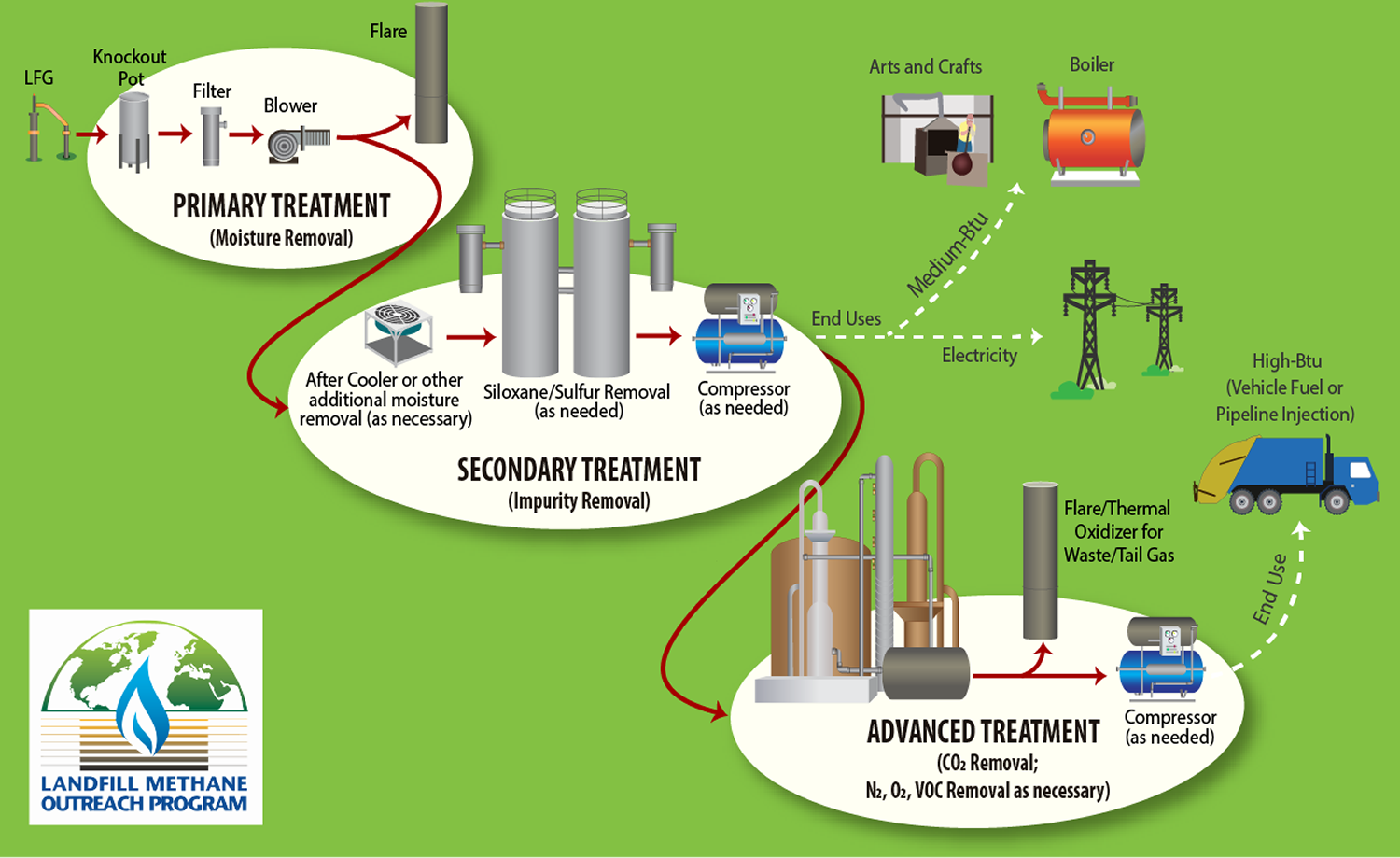
“Waste to Watt” (W2W) is a process that converts various forms of waste materials into energy, often in the form of electricity or heat. This process is part of the broader “waste-to-energy” (WTE) movement, where waste products—like municipal solid waste (MSW), organic waste, agricultural residues, or industrial byproducts—are transformed into usable power.
Here are some key methods involved in converting waste to electricity (watt):
1. Incineration (Combustion)
- How it works: Waste is burned in a controlled environment (typically in a furnace or incinerator) at high temperatures. This process produces heat, which is used to create steam. The steam drives turbines connected to generators, producing electricity.
- Benefits: Reduces the volume of waste, generates energy, and can help reduce landfill use.
- Challenges: Can produce harmful emissions if not properly managed, including carbon dioxide (CO2), nitrogen oxides (NOx), and particulate matter. Air quality control is critical.
2. Gasification
- How it works: Waste is heated in an oxygen-limited environment, converting it into syngas (a mixture of carbon monoxide, hydrogen, and other gases) instead of fully combusting it. The syngas can then be used to generate electricity via a gas turbine or internal combustion engine.
- Benefits: Higher efficiency than incineration, lower emissions, and the ability to process a variety of waste materials.
- Challenges: High capital cost, complex technology, and the need for high-quality waste feedstock.
3. Pyrolysis
- How it works: Waste is heated in the absence of oxygen, breaking it down into oils, gases, and solid residue (char). The gases and oils can be used to generate power, while the char can be used for other purposes, such as carbon black or in construction.
- Benefits: Produces valuable byproducts, including bio-oil, and can be used for a wide range of waste types, including plastics and rubber.
- Challenges: High initial investment and specialized equipment required.
4. Anaerobic Digestion (for Organic Waste)
- How it works: Organic waste (e.g., food scraps, agricultural residues, sewage sludge) is broken down by bacteria in an oxygen-free environment to produce biogas (mainly methane), which can be burned to generate electricity.
- Benefits: Helps reduce methane emissions from landfills, generates renewable energy, and produces useful byproducts like compost or digestate.
- Challenges: Limited to organic waste and may require specialized infrastructure for processing.
5. Landfill Gas Recovery

- How it works: Landfills produce methane as organic waste decomposes. This methane can be captured and used to generate electricity or heat. Landfill gas-to-energy (LFGTE) systems use gas wells to collect the methane, which is then burned to produce energy.
- Benefits: Reduces greenhouse gas emissions and generates power from methane that would otherwise escape into the atmosphere.
- Challenges: Requires existing landfill sites, and the amount of methane produced can decrease over time as the landfill matures.
6. Algae-Based Biofuels
- How it works: Algae can be grown using wastewater or other organic waste sources, and then converted into biofuels such as biodiesel or biogas. These biofuels can be used to generate electricity or power vehicles.
- Benefits: Algae grow quickly and can be cultivated on non-arable land, and using waste as a nutrient source helps reduce overall environmental impact.
- Challenges: Still in the research and development phase for large-scale commercial applications.
7. Mechanical Biological Treatment (MBT)
- How it works: This process combines mechanical sorting and biological treatment (such as composting or anaerobic digestion) to treat waste. It is used to separate recyclables from waste and convert organic matter into biogas or compost.
- Benefits: Reduces landfill use and recovers valuable resources.
- Challenges: Requires complex infrastructure and may have limited efficiency depending on the types of waste.
Environmental Impact & Benefits:
- Reduction in Landfill Waste: Waste-to-energy systems help divert waste from landfills, reducing the need for new landfill sites and the environmental issues related to landfill waste, such as leachate and methane emissions.
- Reduction in Greenhouse Gas Emissions: Waste-to-energy technologies, especially anaerobic digestion and landfill gas recovery, can help reduce methane emissions, a potent greenhouse gas.
- Renewable Energy: WTE systems can provide a reliable source of renewable energy that is not dependent on weather conditions, unlike solar or wind energy.
Challenges:
- Contaminated Waste: Not all waste is suitable for conversion to energy, and some materials, such as hazardous waste or certain plastics, can be problematic.
- Public Perception: Some communities may oppose waste-to-energy plants due to concerns about emissions, local air quality, and odor.
- Economic Viability: The economics of waste-to-energy plants can be challenging, as they often require significant investment in infrastructure and ongoing operational costs.
Applications:
- Municipal Waste Management: Cities can use waste-to-energy technology to manage municipal solid waste and simultaneously produce electricity, reducing reliance on fossil fuels.
- Industrial and Agricultural Waste: Waste from manufacturing processes or agriculture can be processed to generate energy, helping companies reduce waste disposal costs and lower their carbon footprint.
In short, “Waste to Watt” is a promising field that helps address two critical issues: waste disposal and energy production. However, it requires careful planning, technology, and regulatory oversight to balance efficiency, environmental impact, and public acceptance.

Jyotisha Rathore
Amazing project